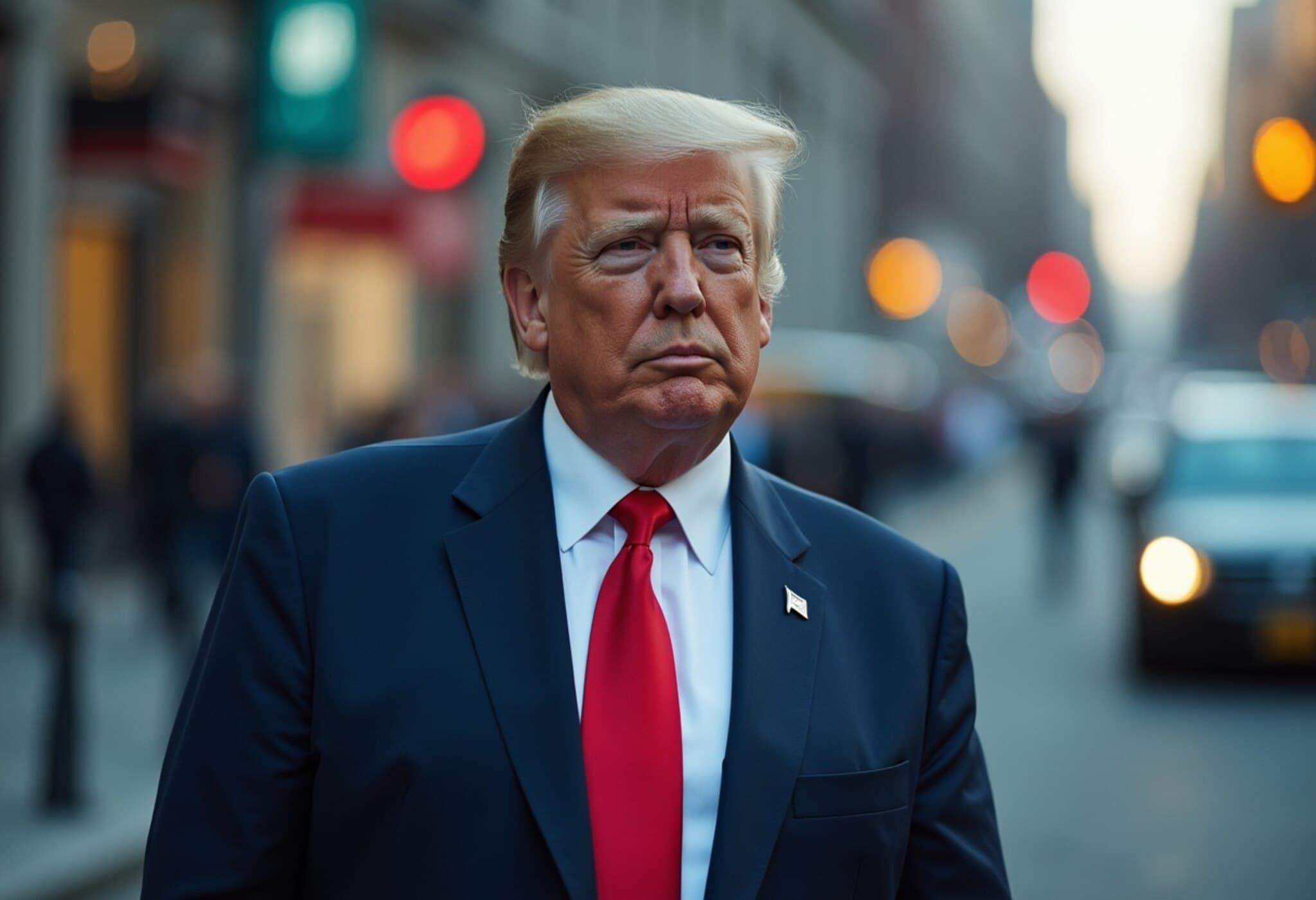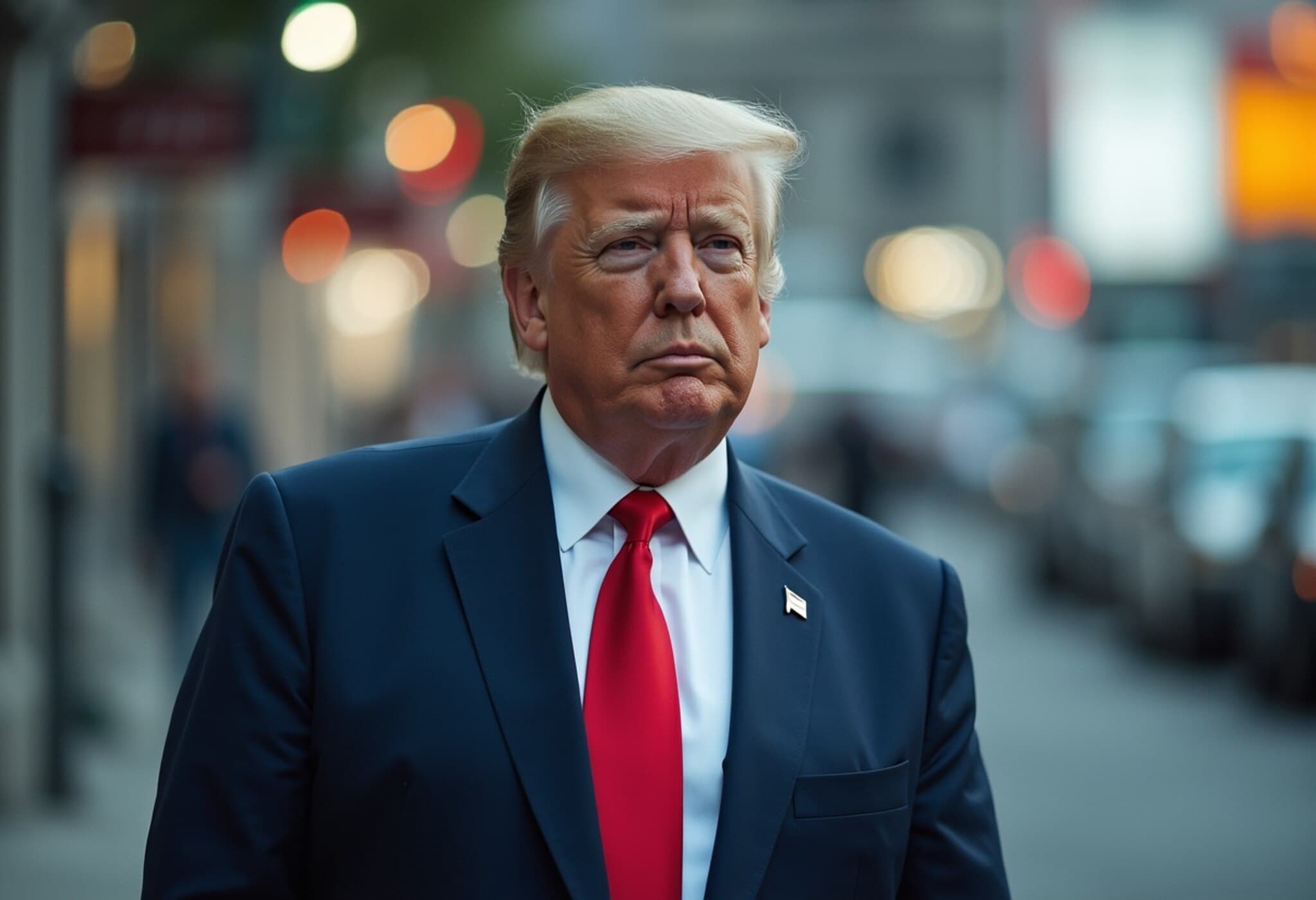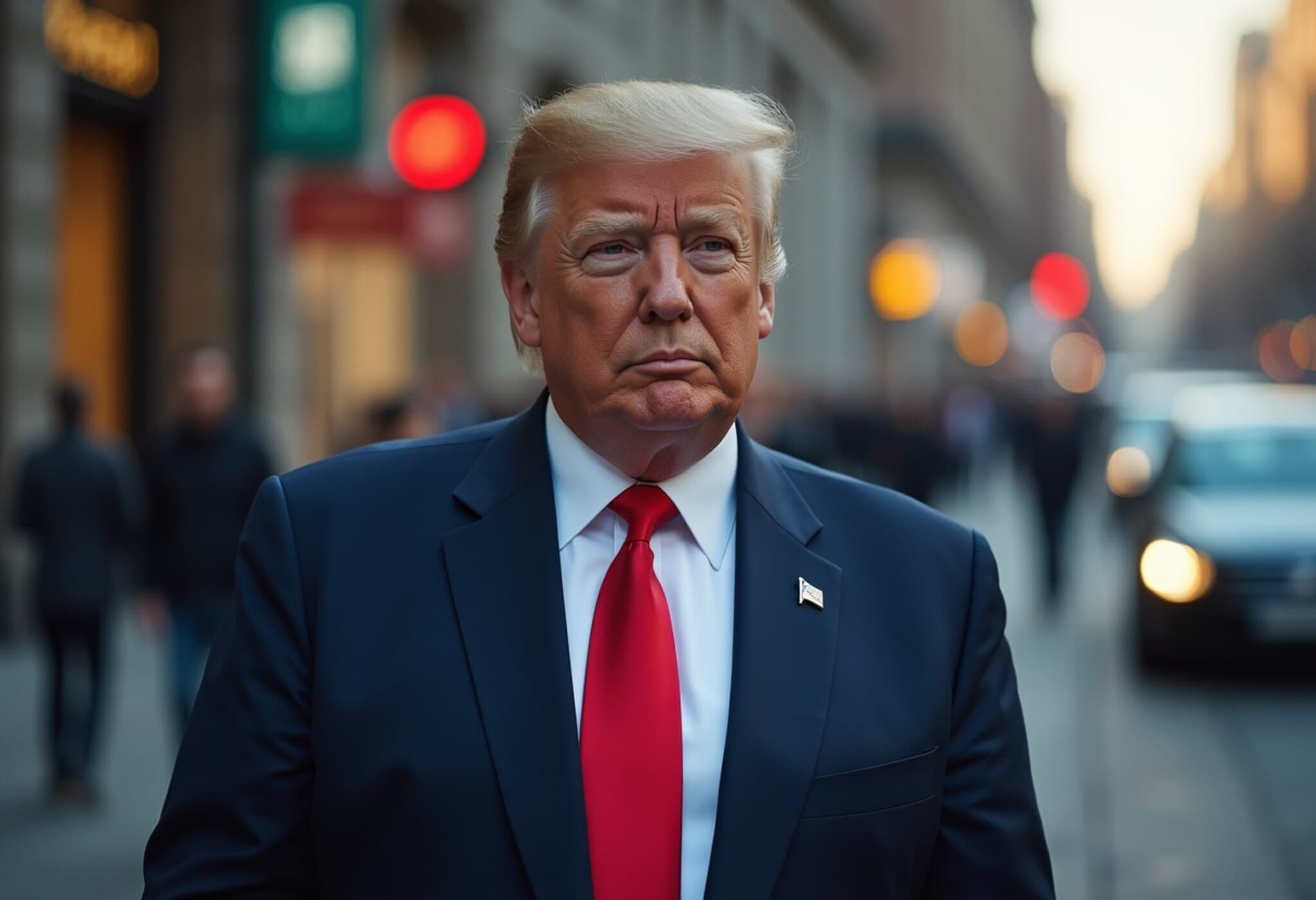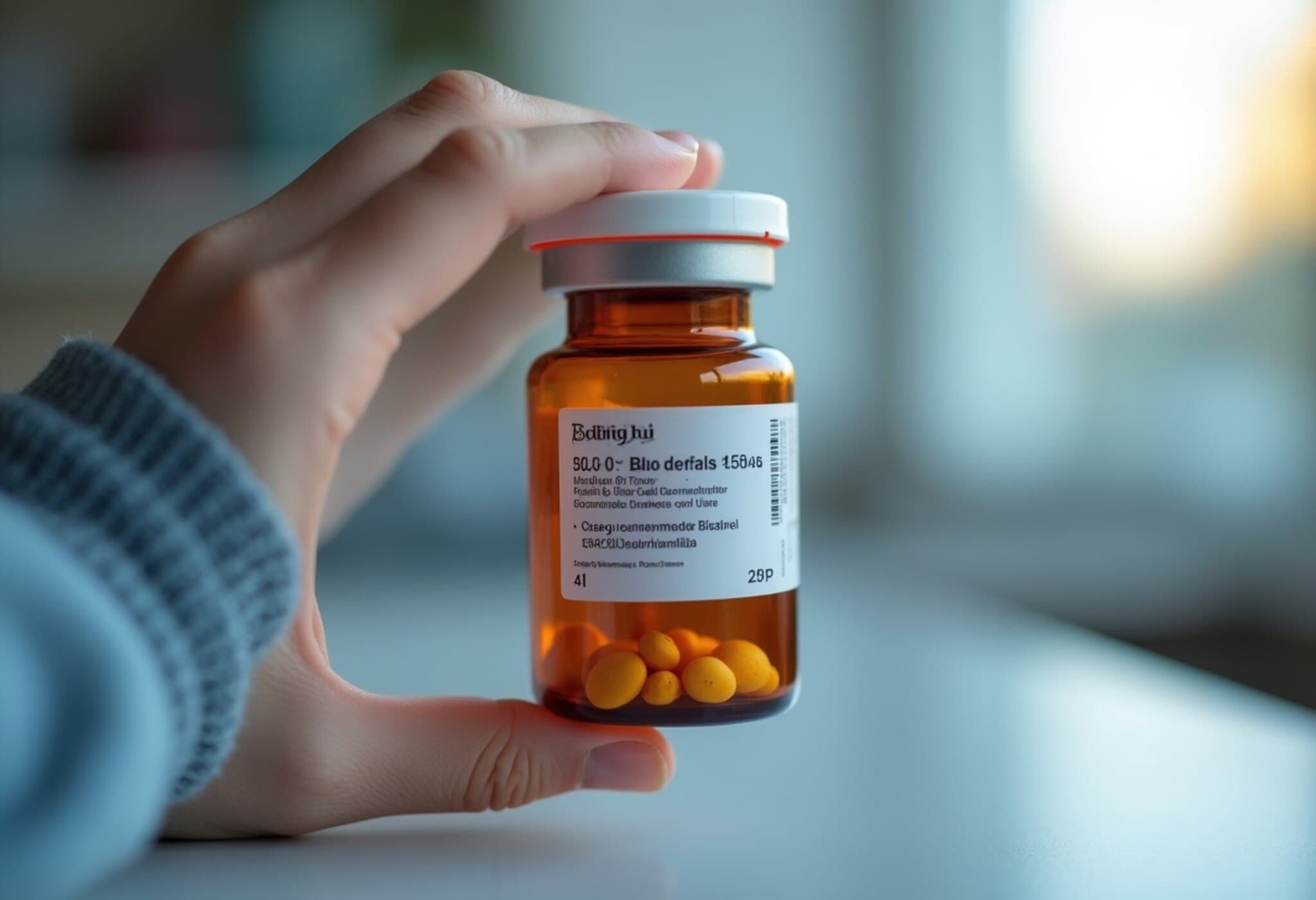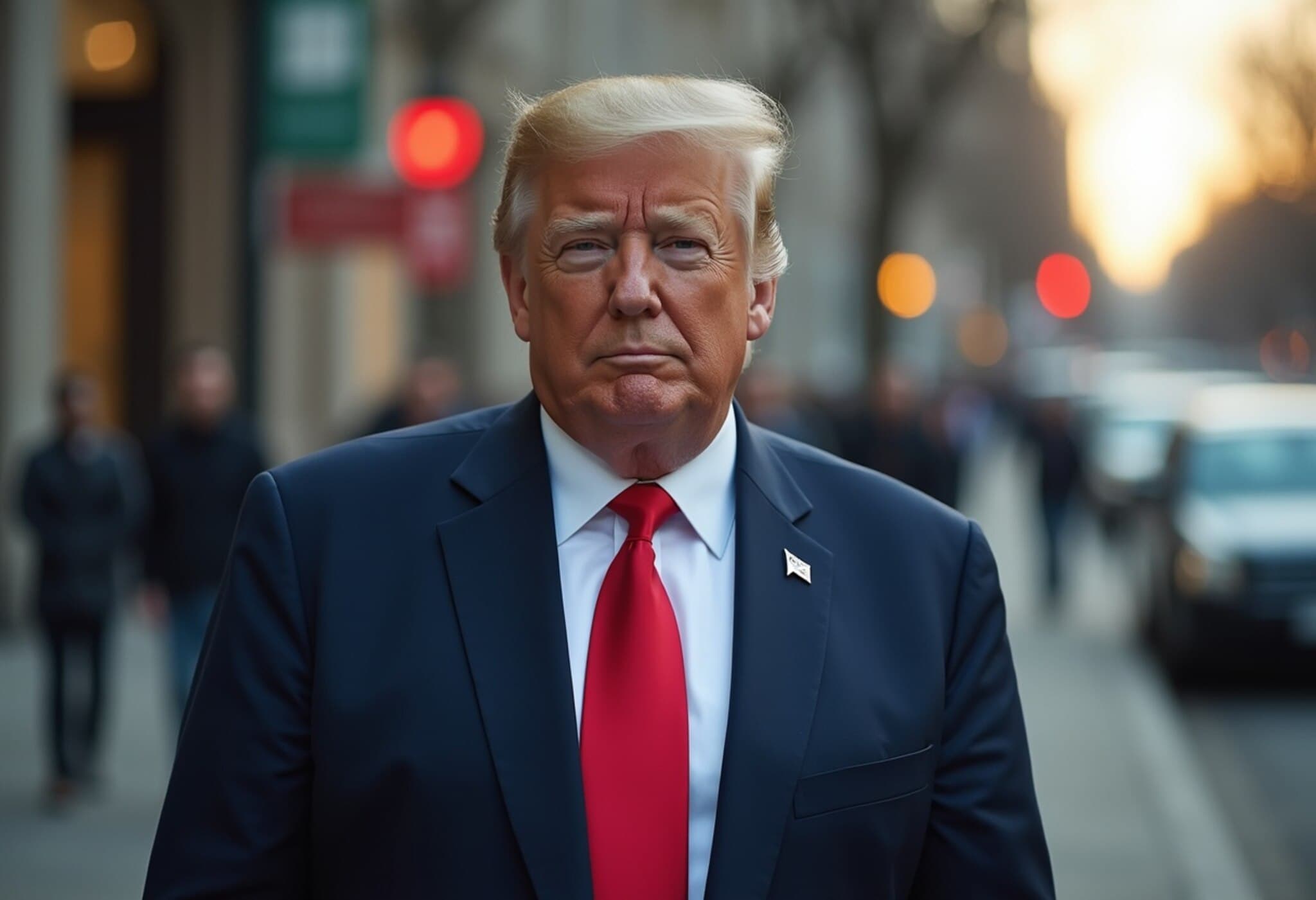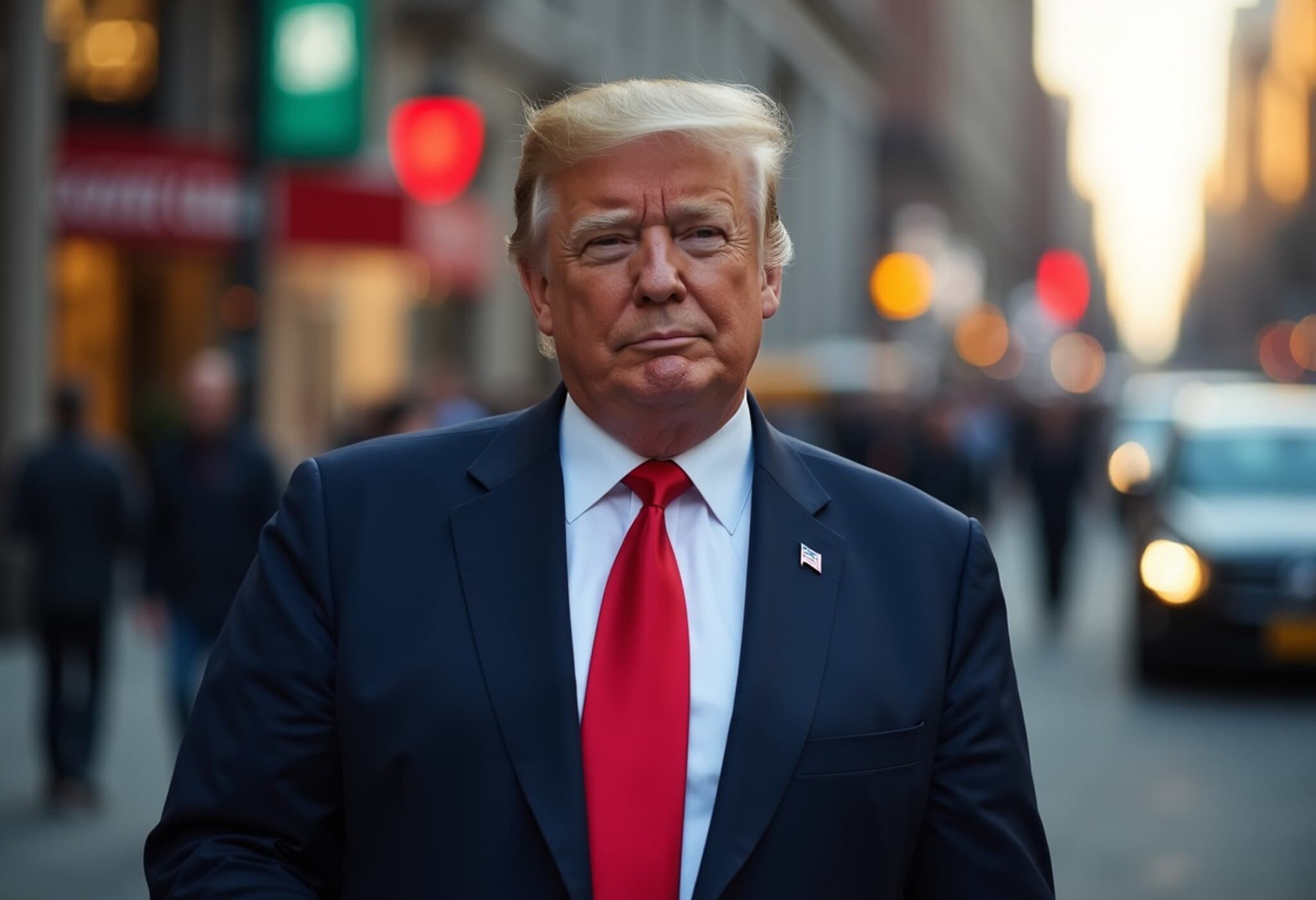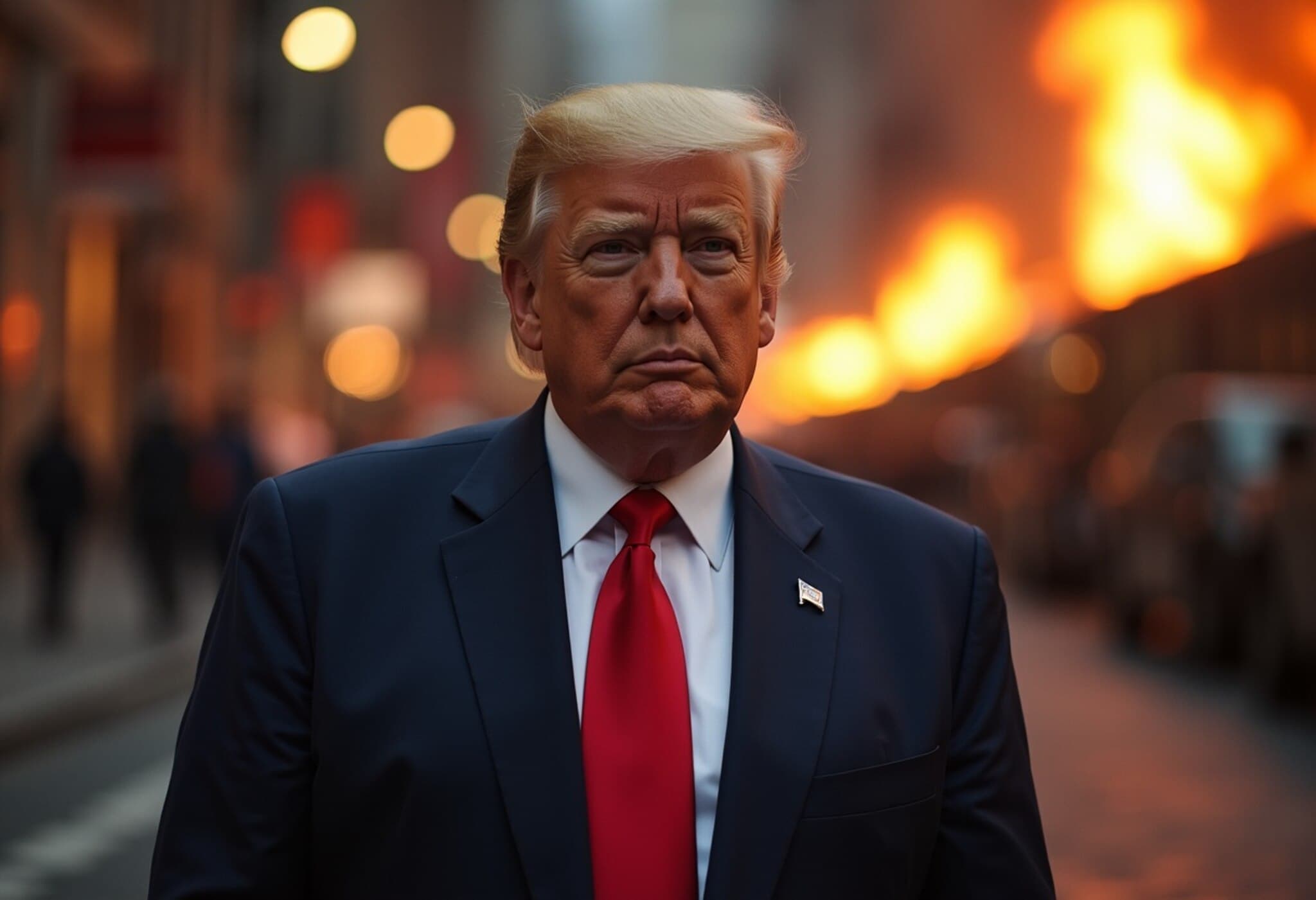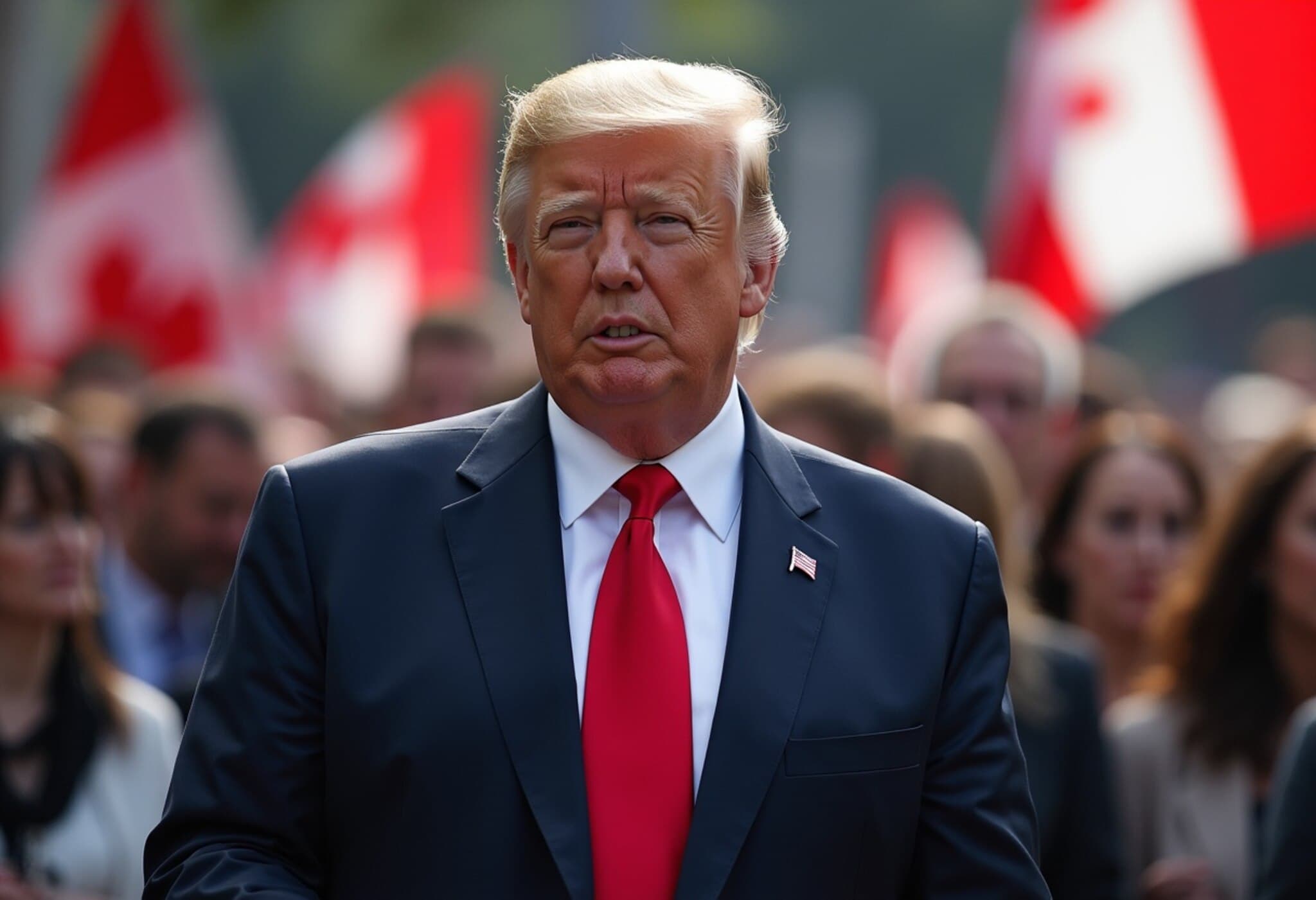Pharmaceutical Industry Grapples with Potential 200% Tariffs
In a move that has sent ripples across the pharmaceutical sector, U.S. President Donald Trump recently reiterated his plan to impose sweeping tariffs on imported drugs, with rates potentially soaring as high as 200%. Though this levy may not come into effect immediately, with a grace period of 12 to 18 months suggested, the prospect is already forcing industry giants to urgently rethink their supply chains and pricing strategies.
What’s Driving the Tariff Proposal?
Since April, the Trump administration has been conducting an investigation under Section 232, targeting pharmaceutical imports which the president claims contribute to unfair pricing and dependence on foreign manufacturing. Trump's administration aims to incentivize drug manufacturers to reshore production back to American soil, a bid to strengthen domestic supply resilience and potentially curb drug prices. Yet, experts warn these tariffs could backfire, leading to higher costs for consumers instead.
Industry and Economic Experts Weigh In
- Barclays cautioned that a 200% tariff would drastically inflate production costs, compress profit margins, and likely cause supply chain disruptions, producing potential drug shortages and higher out-of-pocket expenses for U.S. patients.
- UBS analysts highlighted the “significant negative impact” tariffs could have on margins, especially for goods manufactured overseas, stressing that the proposed grace period is insufficient for complex supply-chain reshaping—typically a multi-year endeavor.
- Afsaneh Beschloss, CEO of RockCreek Group, described the ramifications as “potentially disastrous,” emphasizing how long it takes to scale pharmaceutical manufacturing domestically and the risks posed to patient access.
Research from the Pharmaceutical Research and Manufacturers of America (PhRMA) suggests even a 25% tariff could inflate U.S. drug prices by nearly $51 billion annually, pushing domestic drug costs up by about 13% if fully passed on.
Delay Offers Limited Relief
Traditionally exempt from tariffs due to their essential status, pharmaceuticals are now squarely in the administration’s crosshairs—a departure that has unsettled manufacturers and healthcare advocates alike. Global pharmaceutical powerhouse Roche is actively monitoring the situation, pushing for policies that maintain equitable patient access and preserve ongoing U.S. investments. Likewise, Bayer and Novartis report careful engagement with trade authorities while striving to safeguard supply chains amid the uncertainty.
Experts point out that moving large-scale commercial manufacturing to the U.S. is far from trivial. A realistic timeline spans 4 to 5 years, making the proposed 1-1.5 year grace period woefully inadequate. This drives home the complexities enveloping the administration’s stance and fuels industry concerns about long-term stability and investment.
The Search for Carve-Outs and Trade Safeguards
Initially hopeful for exemptions, pharmaceutical companies are now redirecting their attention to emerging trade negotiations as potential buffers against punitive tariffs. The recent U.S.-UK trade agreement, though limited, includes language to negotiate preferential treatment for pharmaceuticals pending the Section 232 findings—setting a precedent that other international deals (e.g., with Switzerland and the EU) might emulate.
However, the lingering lack of clarity casts a shadow over the industry. ING chief economist Bert Colijn underscores how prolonged uncertainty can dampen investment and innovation, stressing the urgent need for definitive policy signals.
Critical Questions Ahead
- Will tariffs intended to boost domestic production ironically jeopardize U.S. drug affordability and supply?
- How will pharmaceutical companies balance reshoring costs against unpredictable trade environments?
- Can trade negotiations effectively shield vital healthcare products from tariff shocks?
Looking Forward
As the pharmaceutical sector braces for the final Section 232 report expected by the end of July 2025, the stakes could not be higher. Patients, providers, and manufacturers alike stand at a crossroads where policy decisions will shape drug access and affordability for years to come.
Sources: Barclays, UBS, PhRMA, CNBC, RockCreek Group, ING EconomicsEditor’s Note
The prospect of a 200% tariff on pharmaceuticals challenges the very intersection of public health, trade policy, and economic strategy. While reshoring manufacturing resonates with national security and job creation aims, the potential trade-offs—rising drug prices, supply chain bottlenecks, and industry investment setbacks—warrant rigorous scrutiny. Policymakers must weigh short-term political gains against long-term health outcomes, keeping patient welfare front and center. Readers should consider how such tariffs could ripple through insurance costs, innovation pipelines, and global drug accessibility. Stay informed as this developing story unfolds with significant implications for American healthcare and beyond.




